Rancho Palos Verdes, with its scenic views over the Pacific Ocean, sits atop a shaky foundation of weak rock and slippery clay, constantly battered by ocean waves.
This underlying instability has made the area a perennial risk zone for landslides, particularly affecting homes built on these precarious bluffs.
Unfolding Disaster from Past Storms
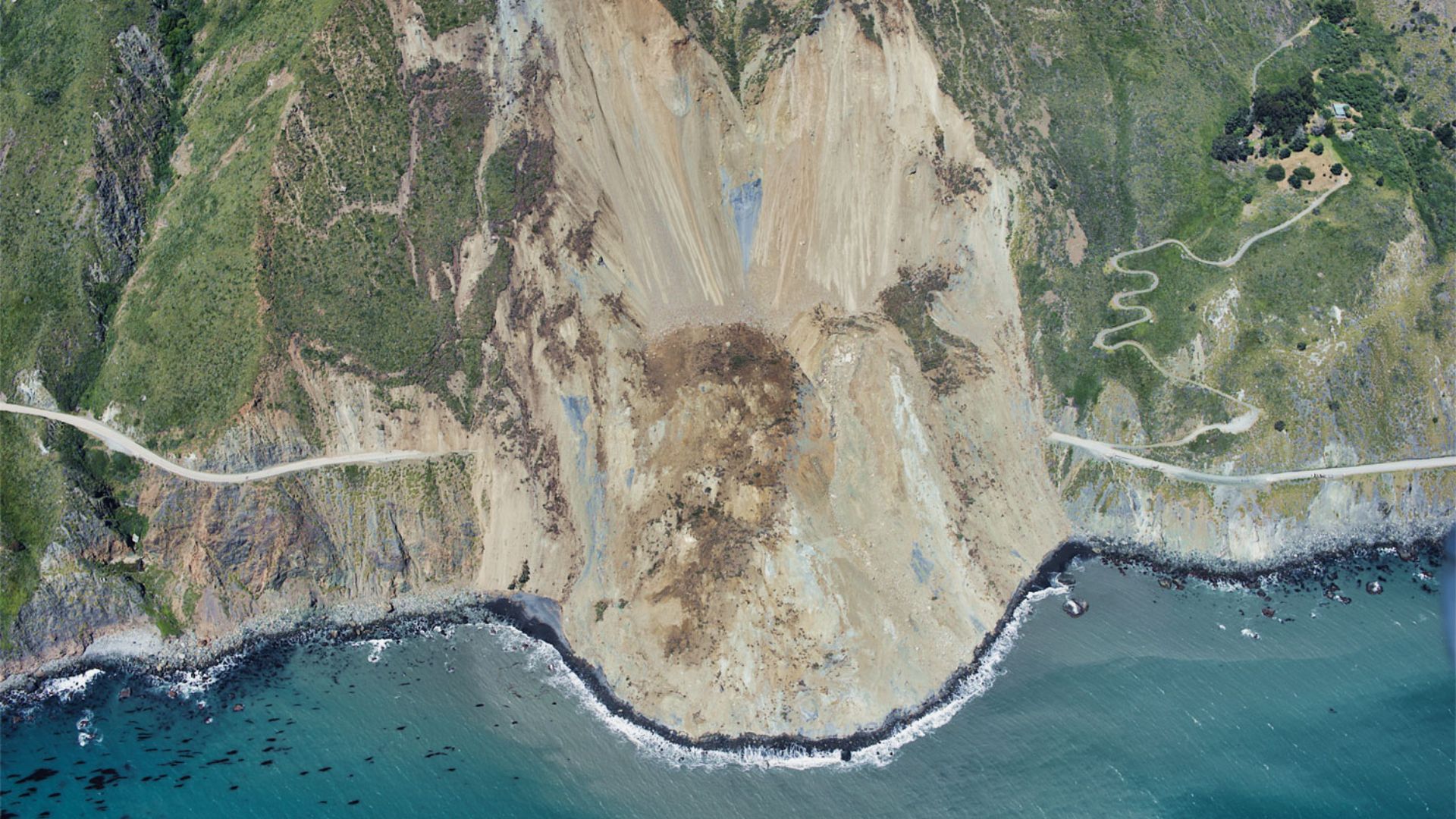
The aftermath of two consecutive stormy years is now evident, with landslides moving land at an alarming rate, far exceeding the typical few inches per year.
This rapid movement is the result of moisture deep within the ground, a delayed response to the historic rainfall that has saturated the area.
Immediate Risks to Homes and Infrastructure
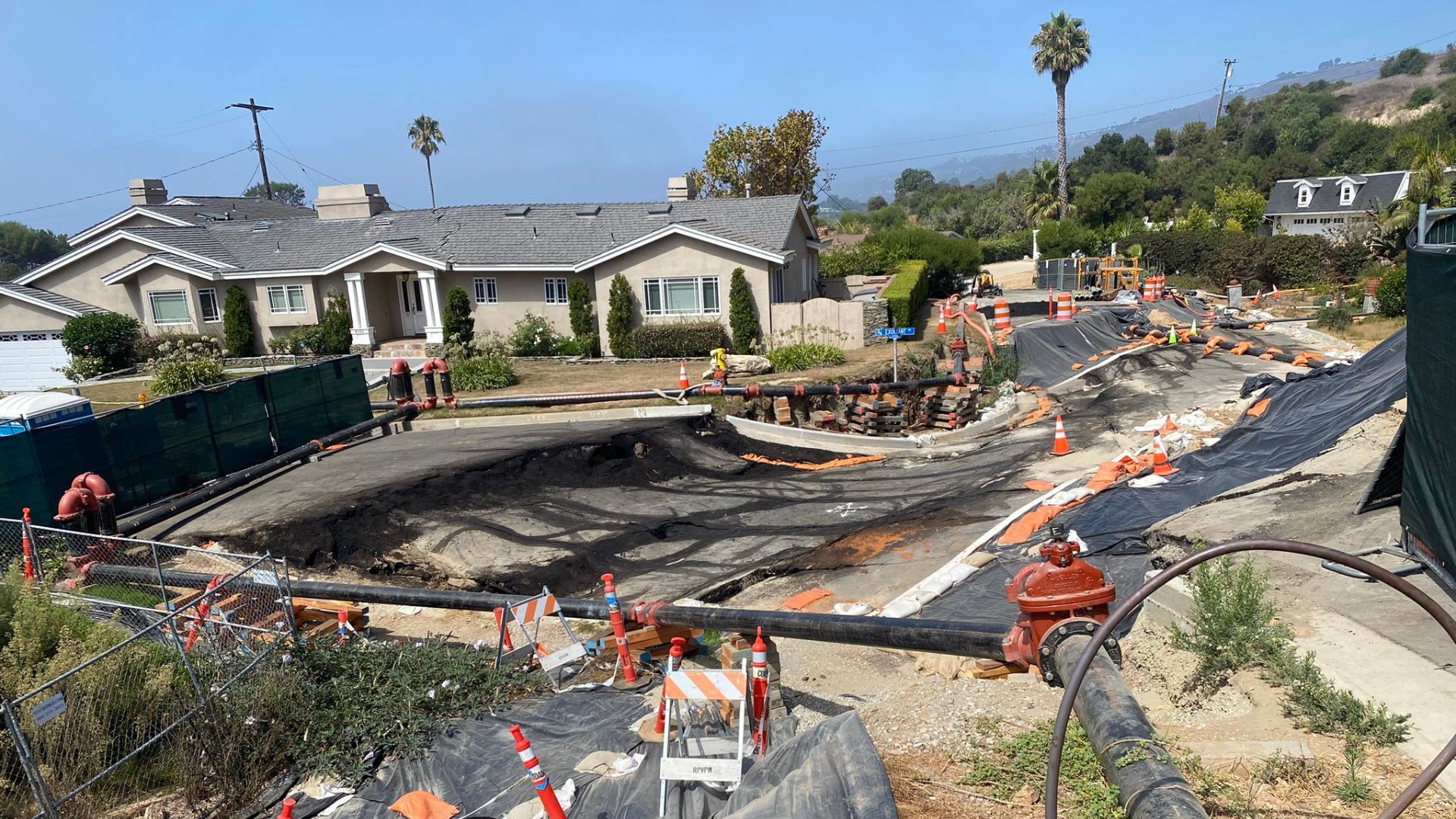
The ongoing landslides have already caused significant damage, destroying homes situated on the bluffs of Palos Verdes and threatening hundreds more.
The situation has led to power shut-offs and has prompted local authorities to issue evacuation warnings as they work to prevent further damage.
Historical Engineering Efforts
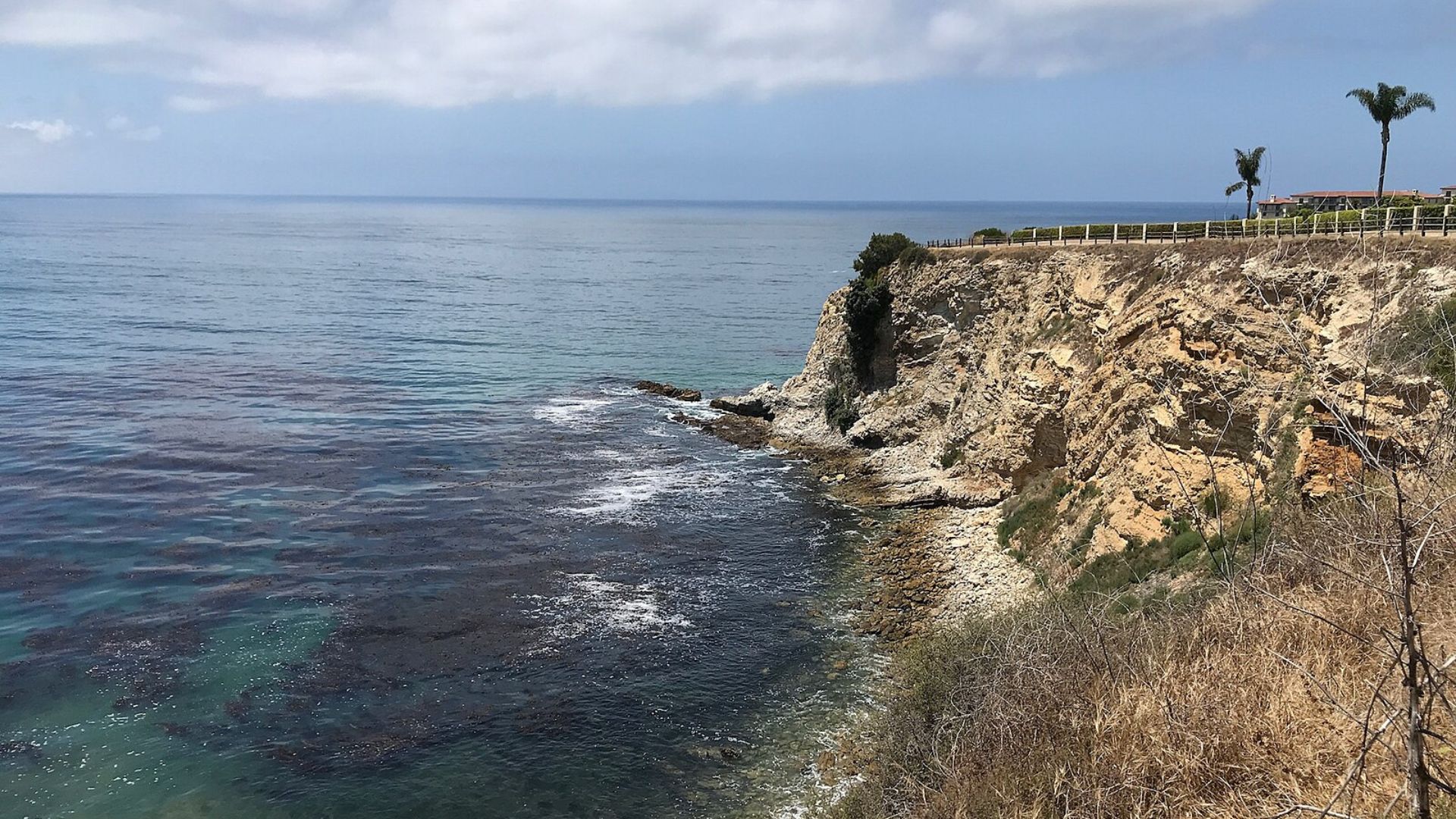
In recent years, there had been hopes that engineering solutions could mitigate these land movements, potentially delaying a significant crisis for decades.
However, the current magnitude of the landslides has overwhelmed these efforts, signaling that previous strategies may no longer be viable.
Limited Options for Response
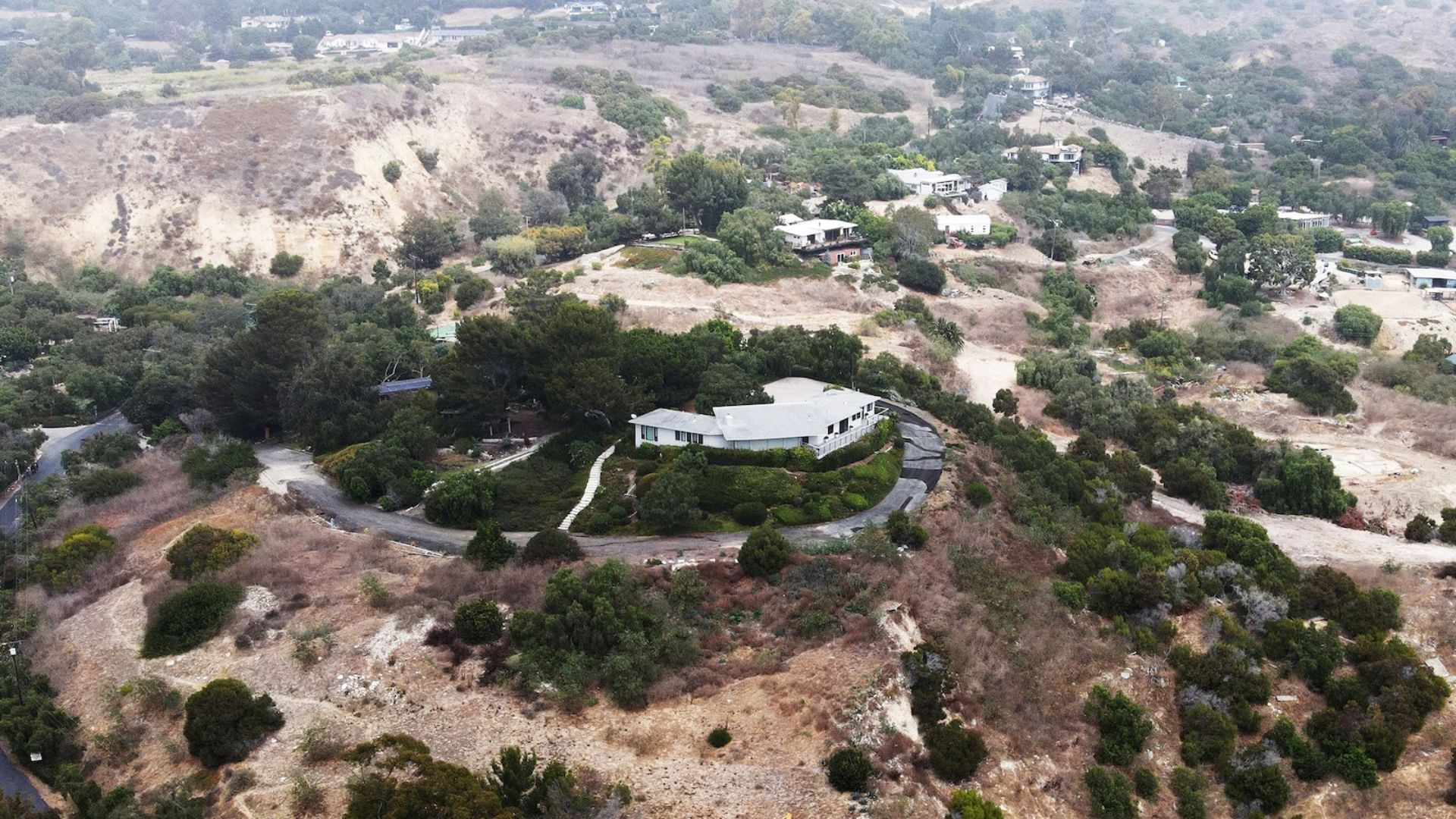
Kyle Tourjé, executive vice president of Alpha Structural, noted the severity of the situation, saying, “It has unraveled into a disastrous situation.”
He outlined the community’s grim choices: either a costly and extensive intervention by various government levels or complete abandonment of the most affected areas.
Long History of Landslides
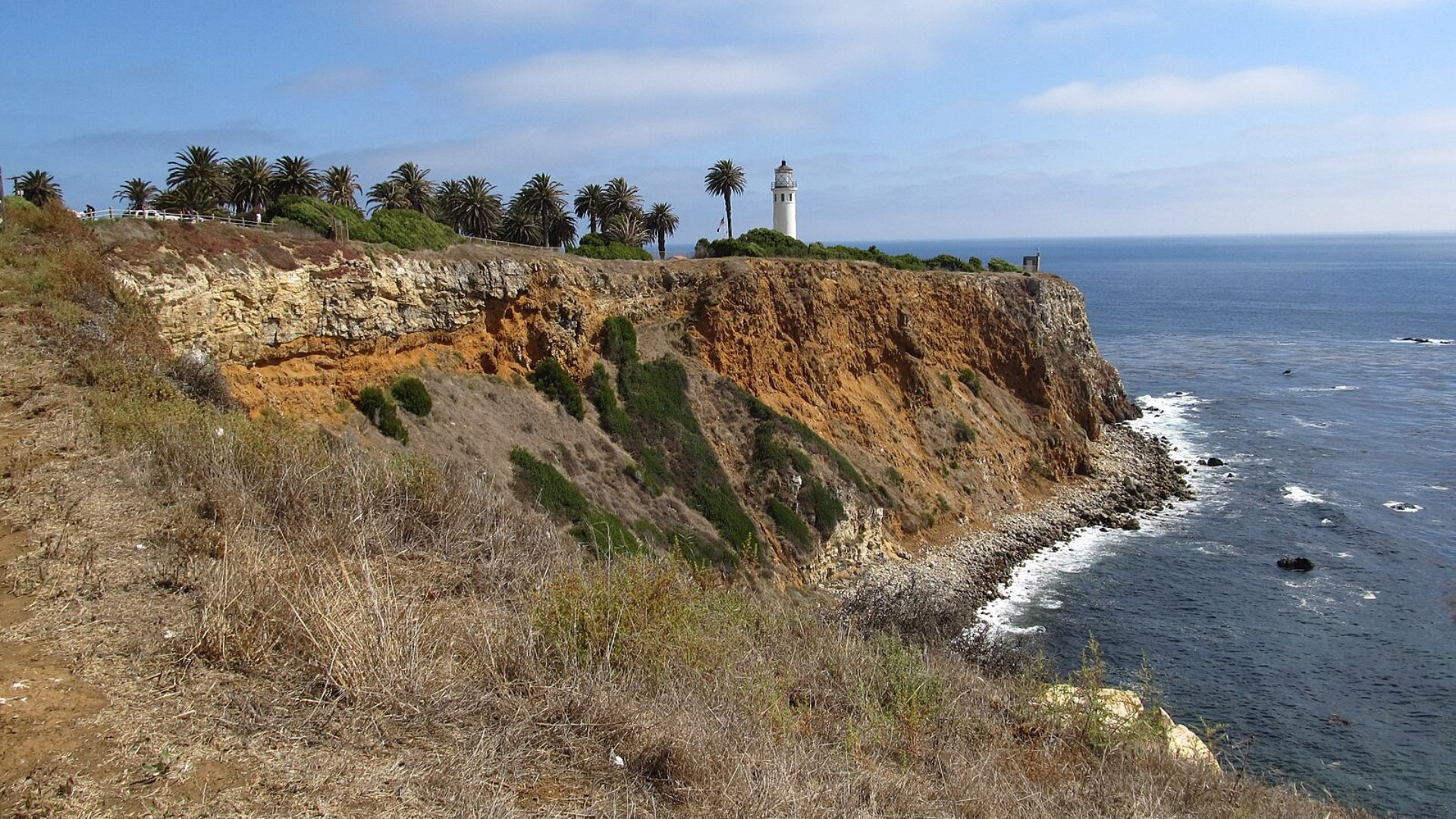
The Palos Verdes Peninsula has a well-documented history of landslides, affecting not only Rancho Palos Verdes but also neighboring communities.
The geological composition of the area contributes to its instability, with a mix of brittle shale and soft mudstone that is particularly prone to movement.
Geological Challenges of the Peninsula
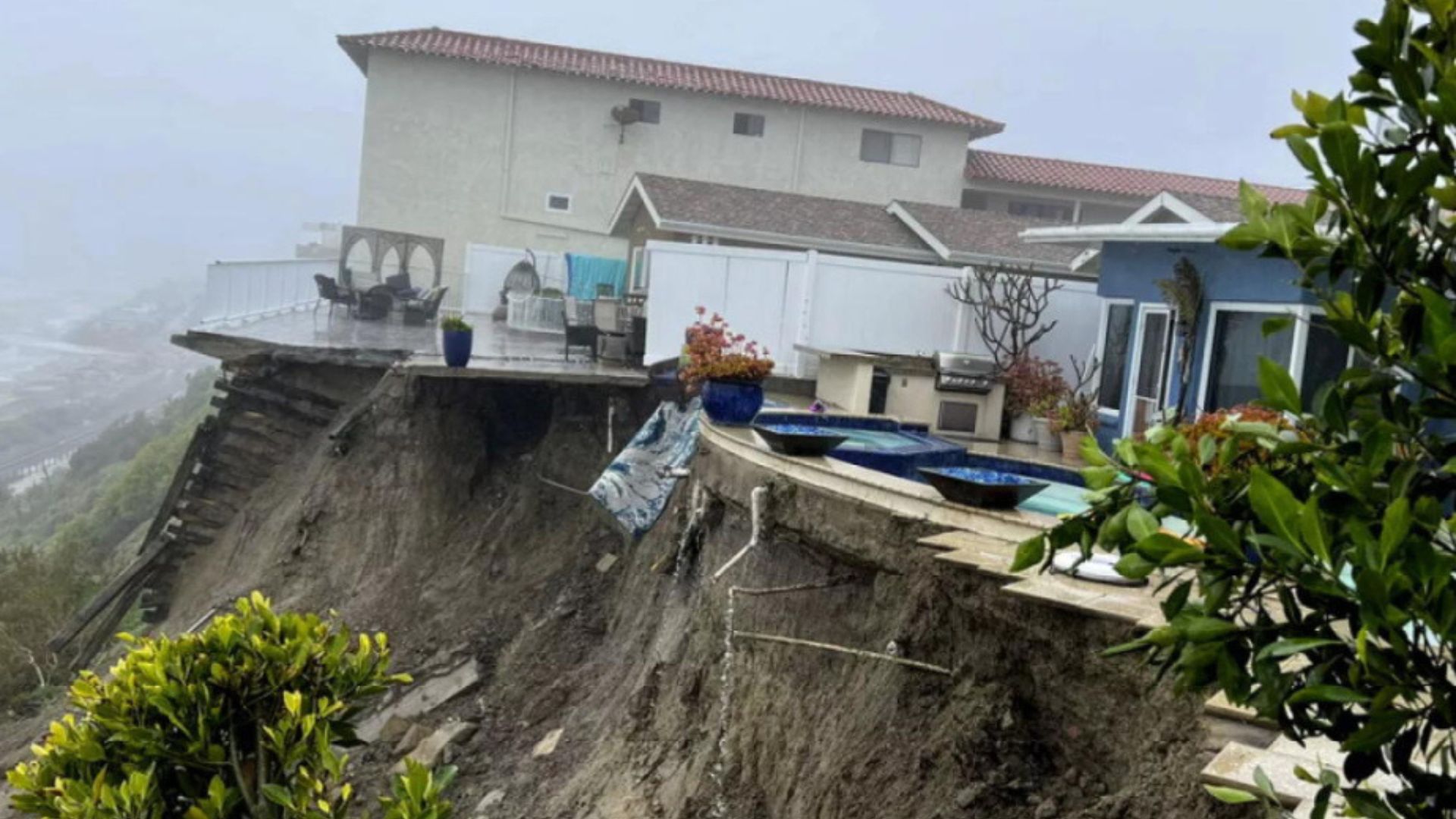
The peninsula’s geology, characterized by easily crumbled rock and the continual erosion from ocean waves, makes it highly susceptible to landslides.
This fragility is exacerbated by the area’s position, rising steeply from the Los Angeles basin and facing relentless coastal weather conditions.
Impact of Recent Severe Weather
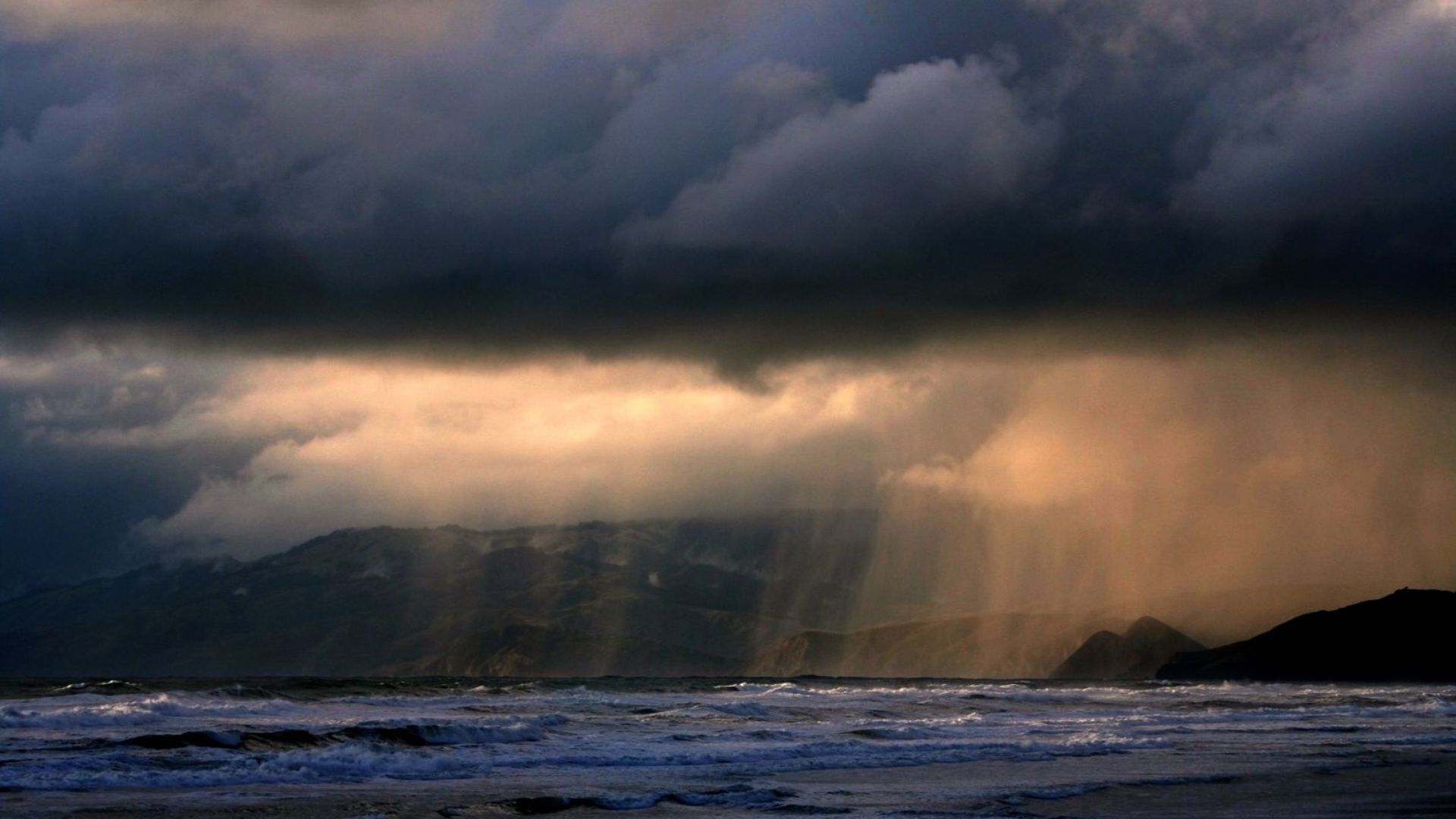
The last two winters brought unprecedented rainfall to Southern California, contributing significantly to the destabilization of the land.
These conditions have mirrored the increasing frequency of intense storms along California’s coastline, a pattern that has been worsening due to climate change.
Slow Onset of Landslide Conditions
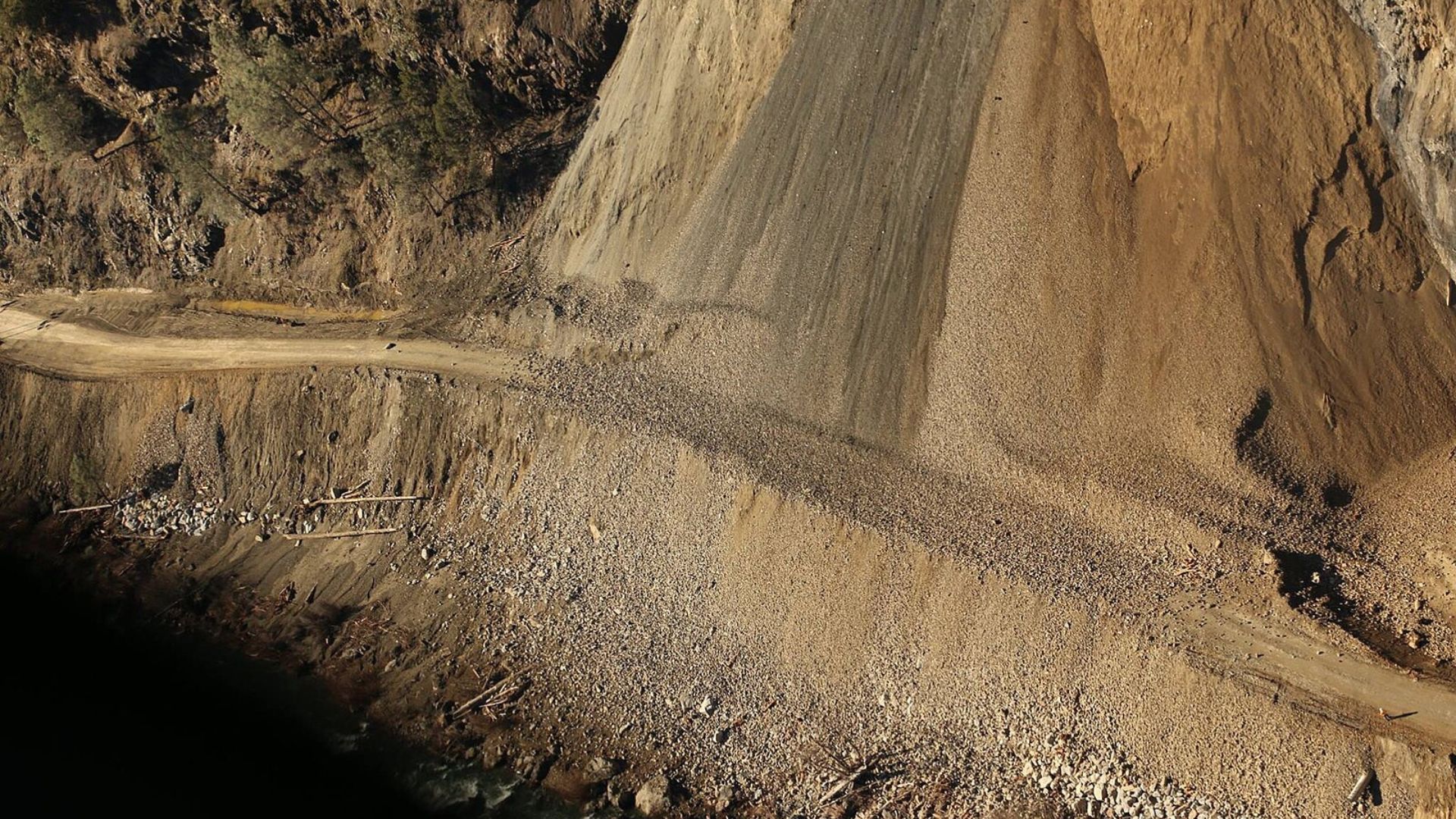
Jonathan Godt, from the U.S. Geological Survey’s landslide hazards program, explained the delayed effects of rainfall on landslide activity.
He said, “For water to make its way from rainfall down to those levels takes time. Oftentimes it takes multiple years of wet weather for slides like that to move.”
Ongoing and Expensive Solutions
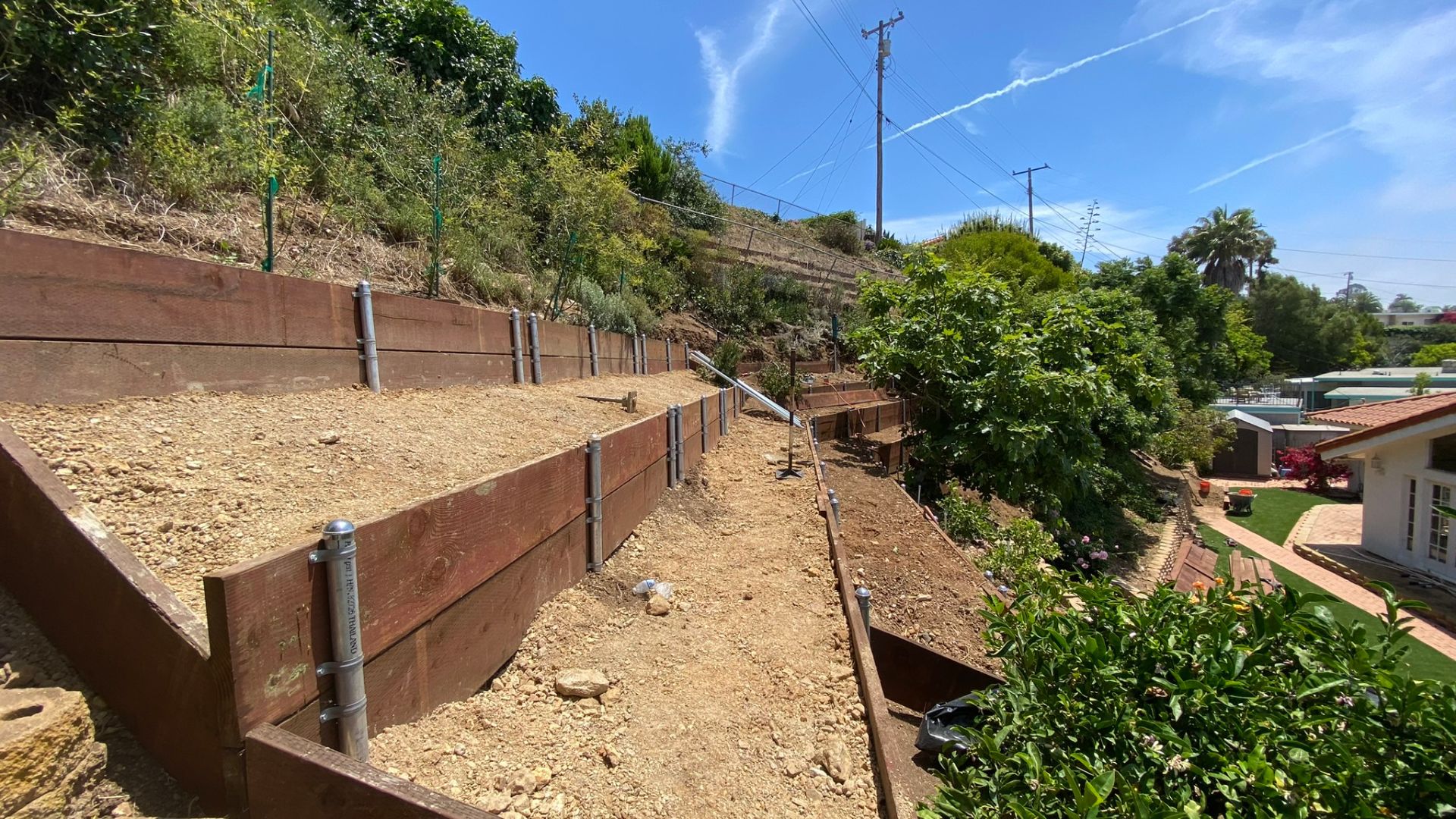
Despite past efforts, the community has focused on strategies to slow down the landslides as much as possible.
These have included significant federal investment aimed at reducing land movement, though recent events have shown that the problem may be far from resolved.
State of Emergency Declared in Rancho Palos Verdes

Following the shutdown of electricity for hundreds of homes, Gov. Gavin Newsom declared a state of emergency in Rancho Palos Verdes on Tuesday afternoon.
This critical move aims to mobilize state resources swiftly to aid in managing the ongoing landslide crisis effectively.
A Community Facing Uncertain Future
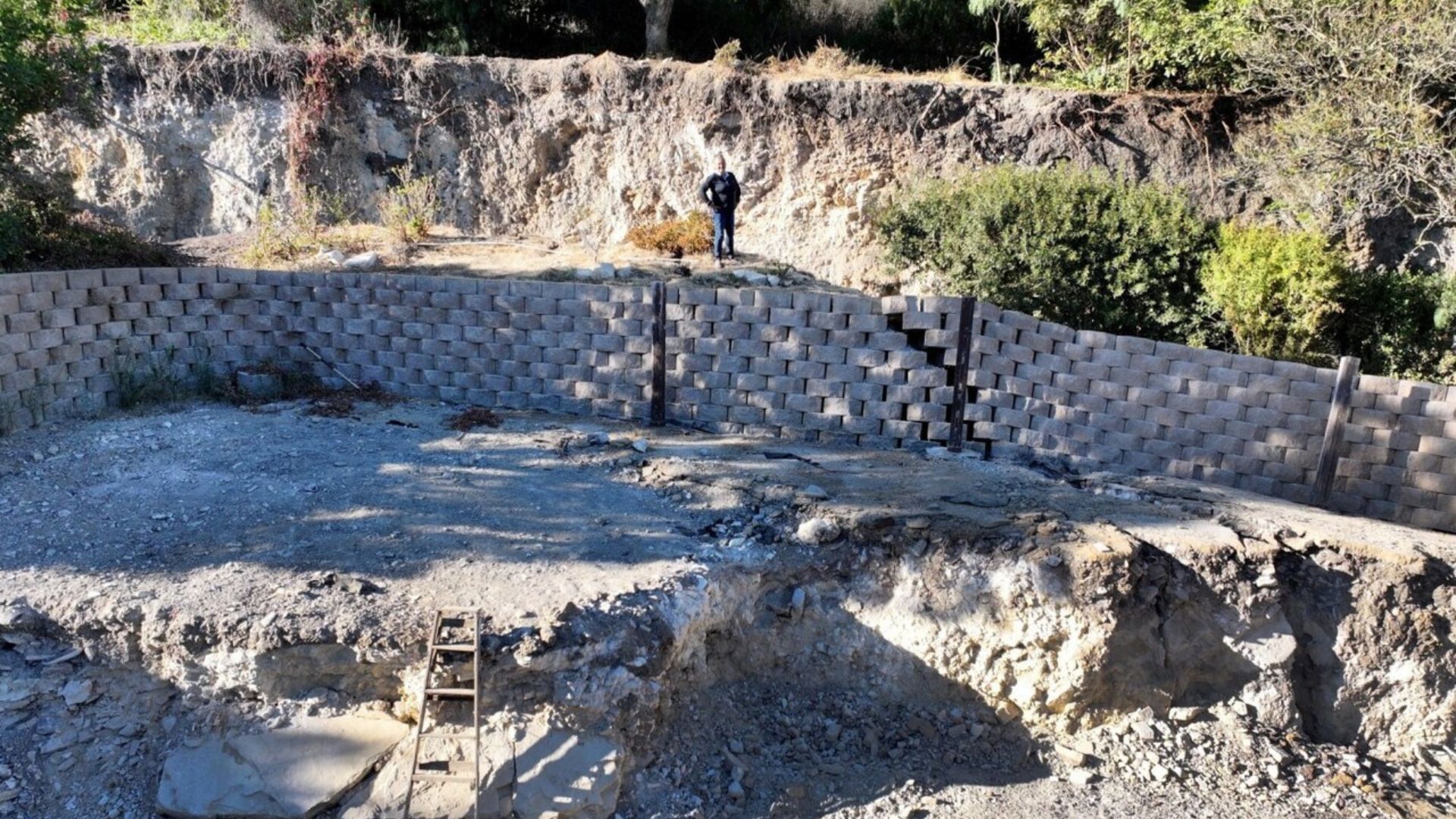
As the situation continues to develop, local leaders and residents are faced with difficult decisions about how to address the ongoing threat of landslides.
The community’s resilience is being tested as they navigate the challenges of living in such a geologically active area, with state-level support potentially on the horizon to aid in their efforts.
